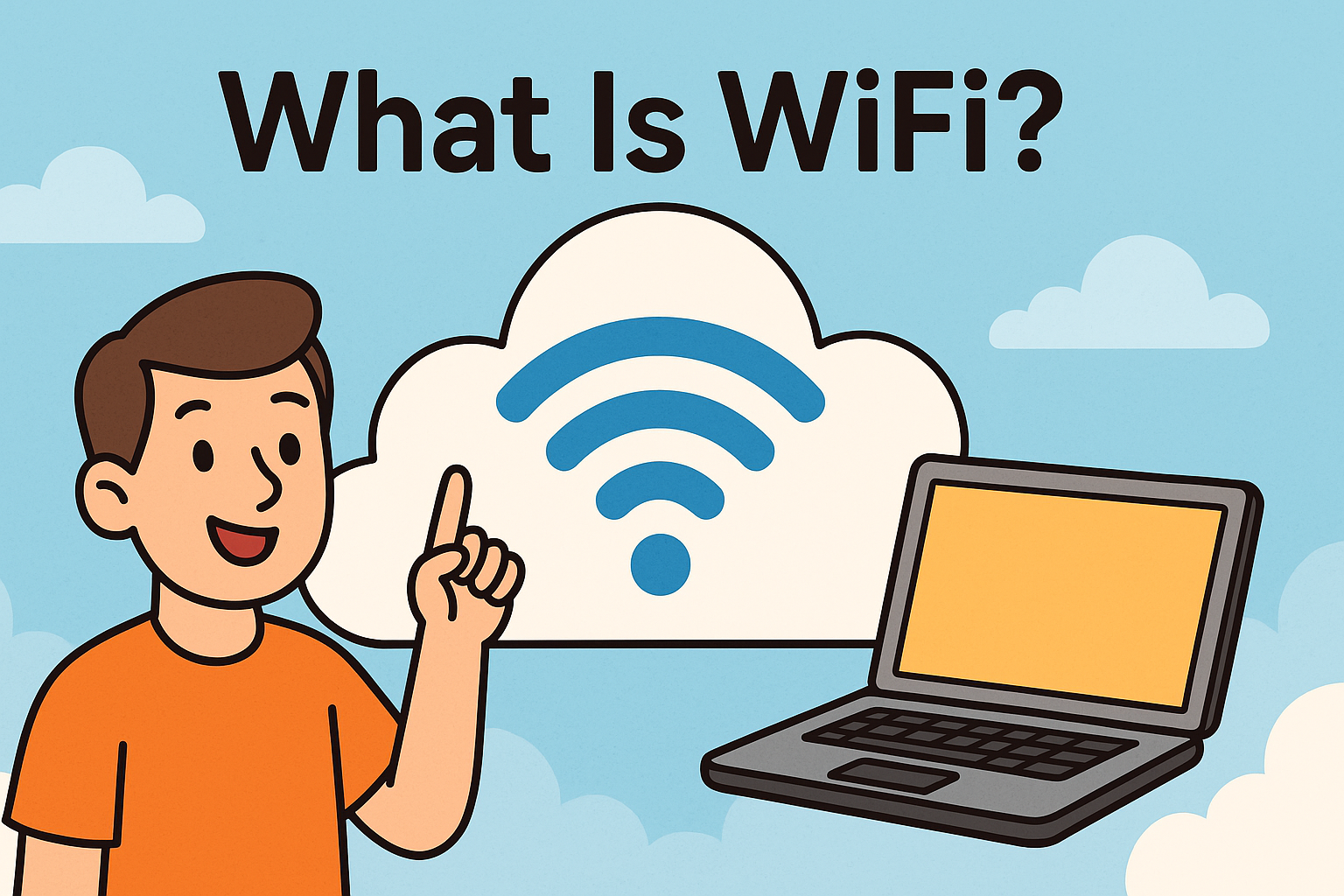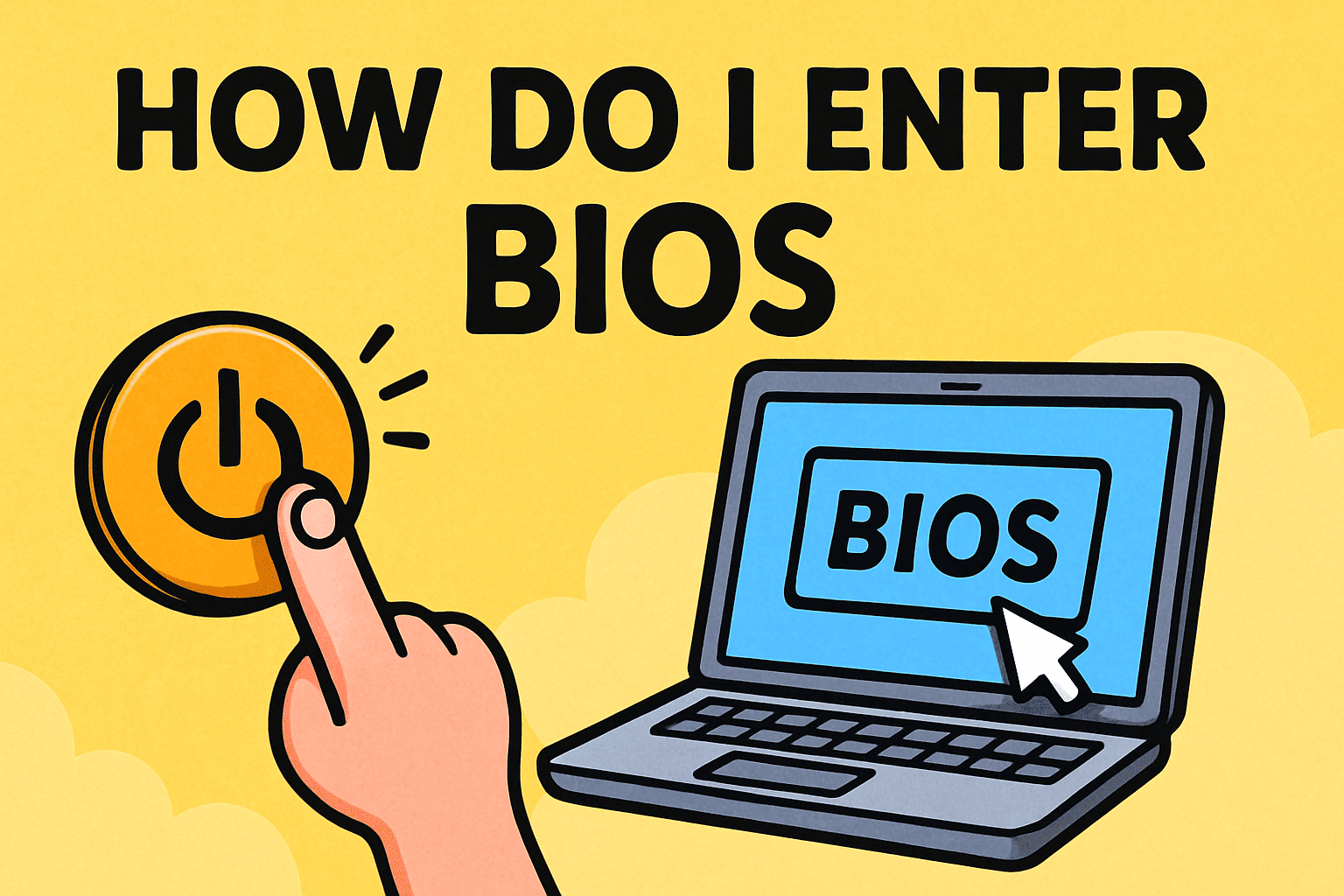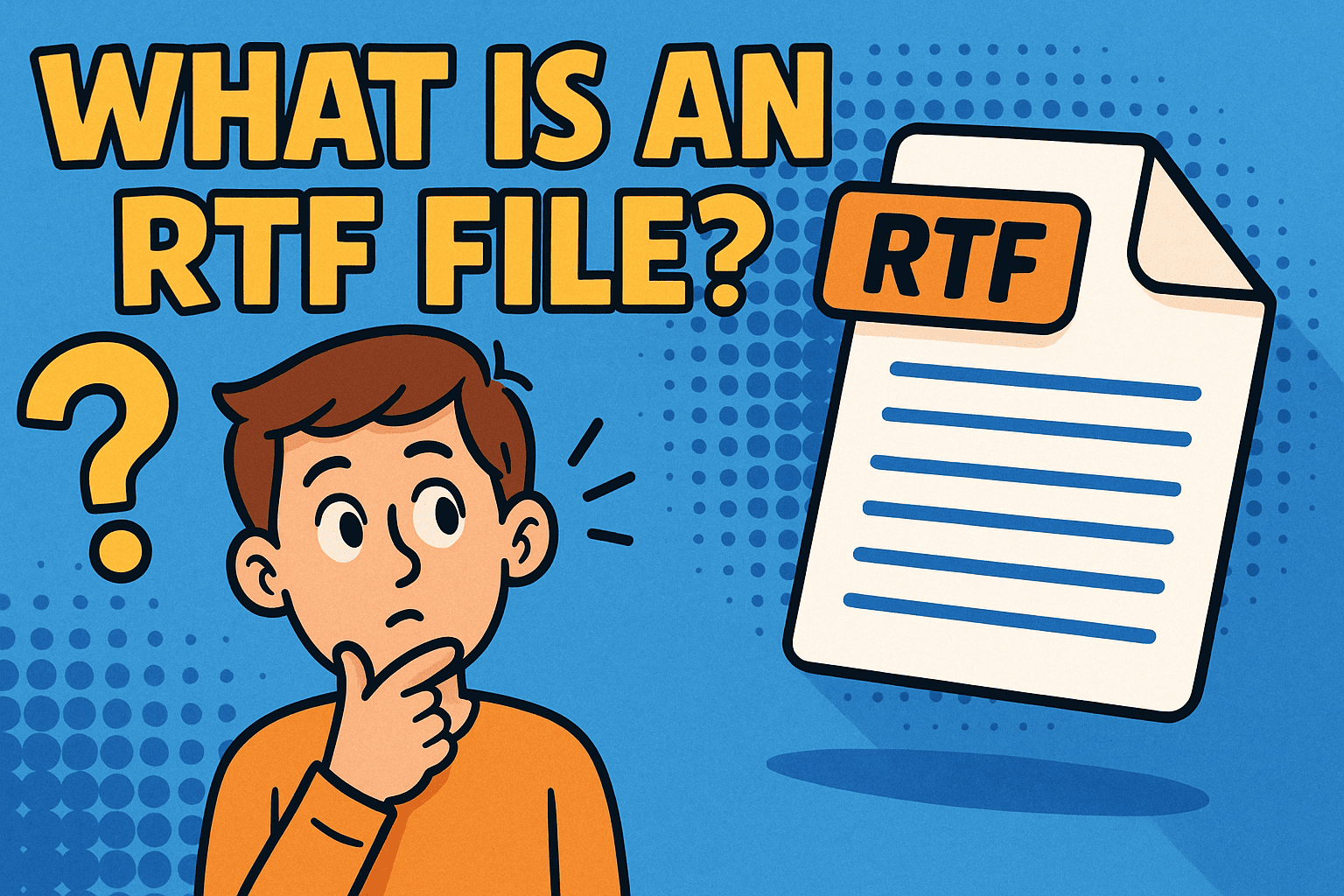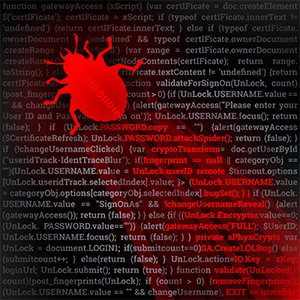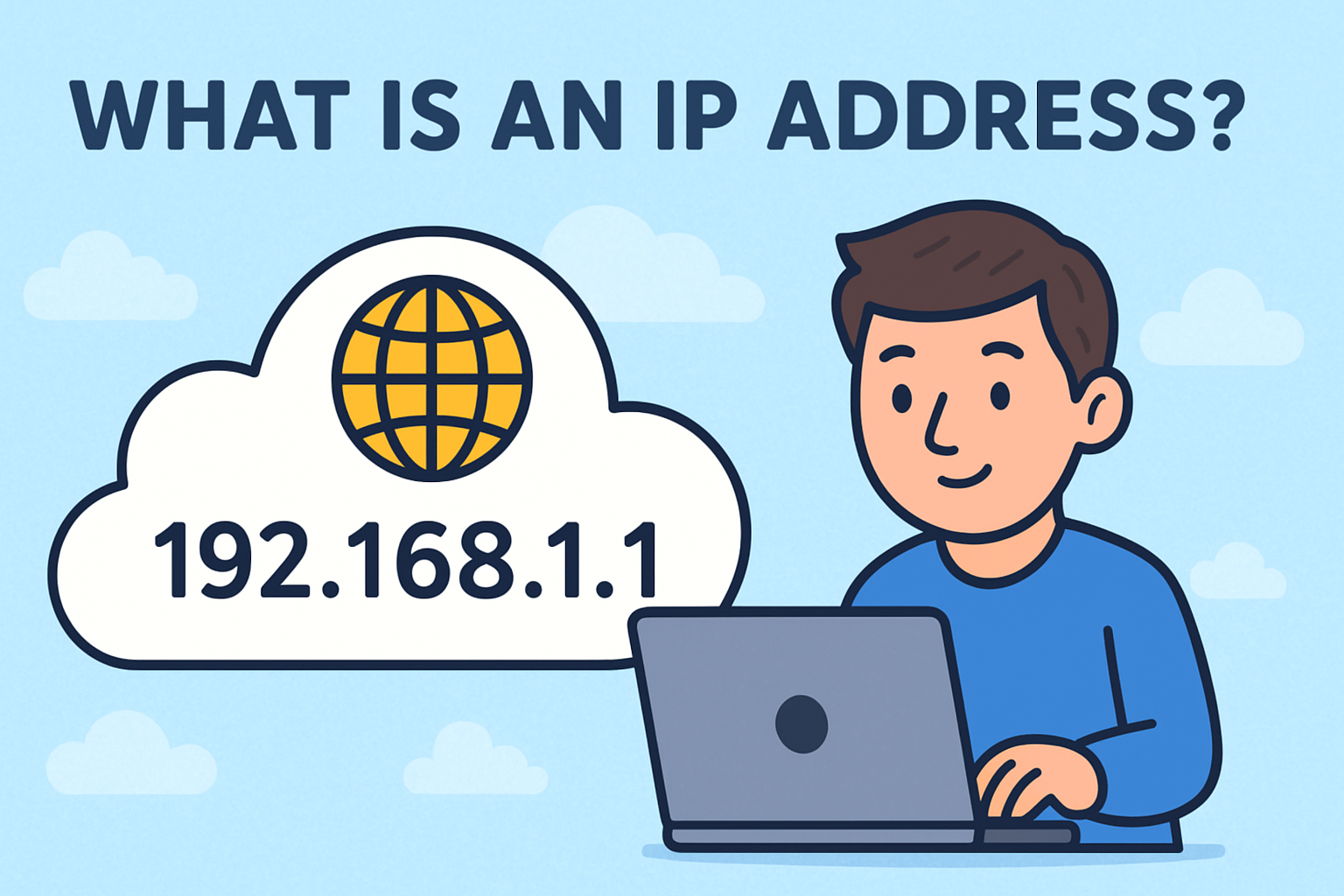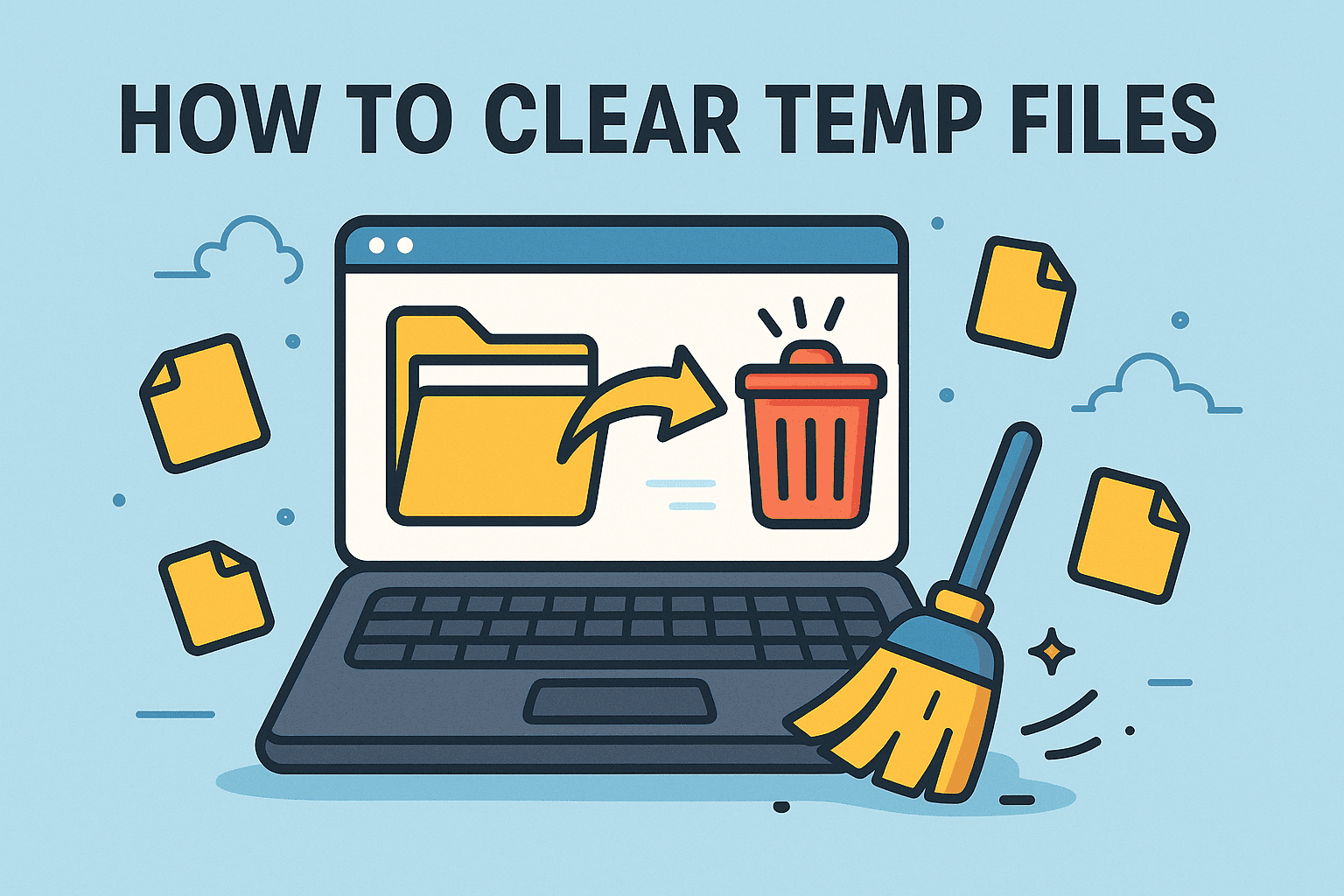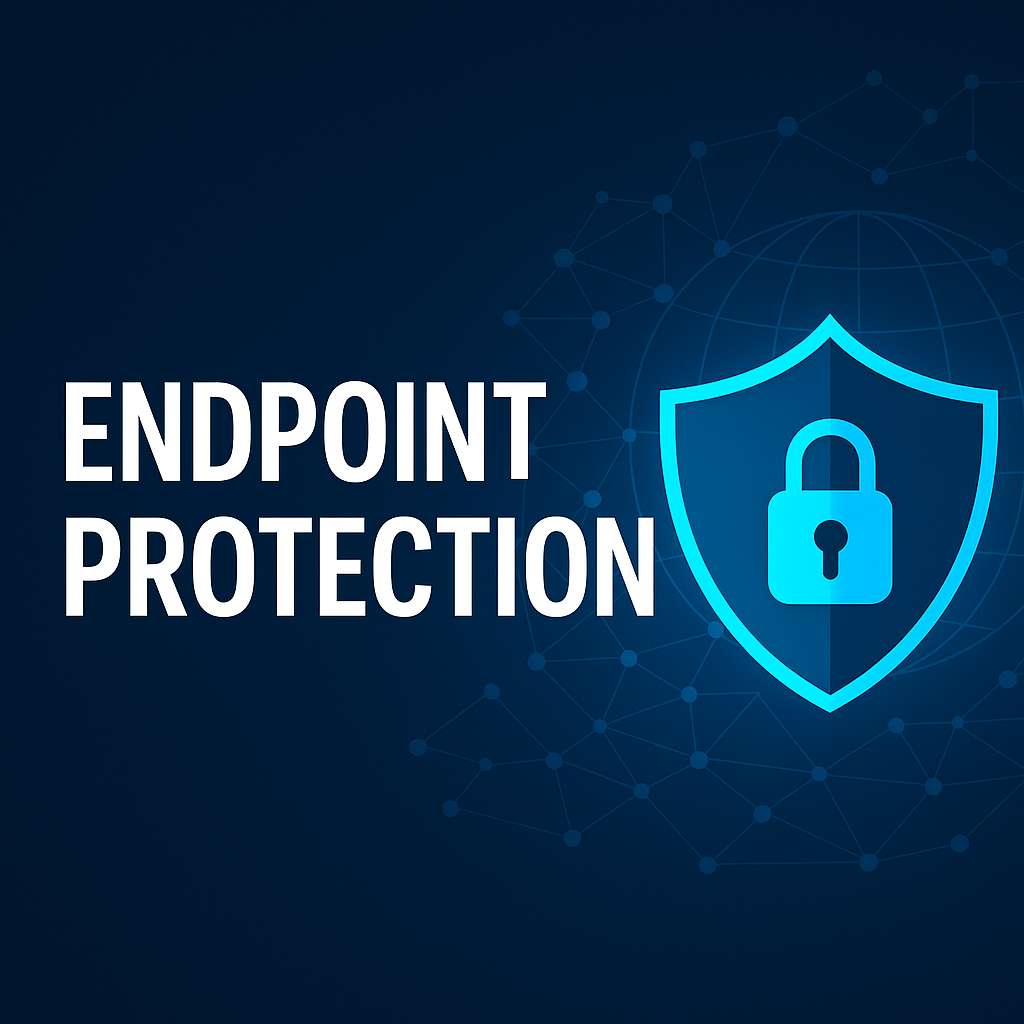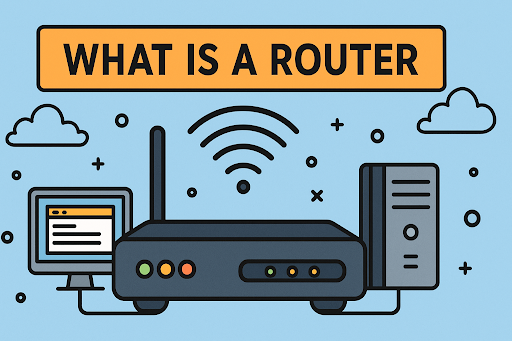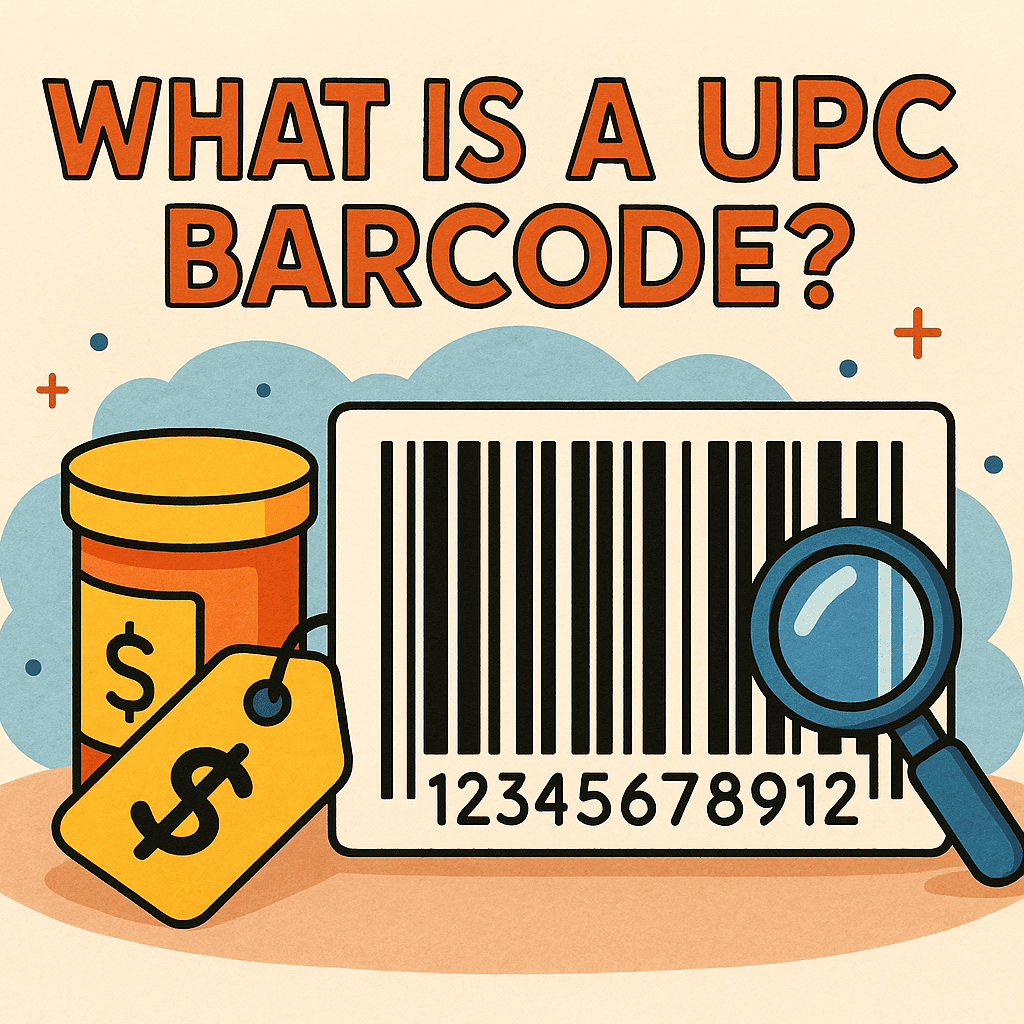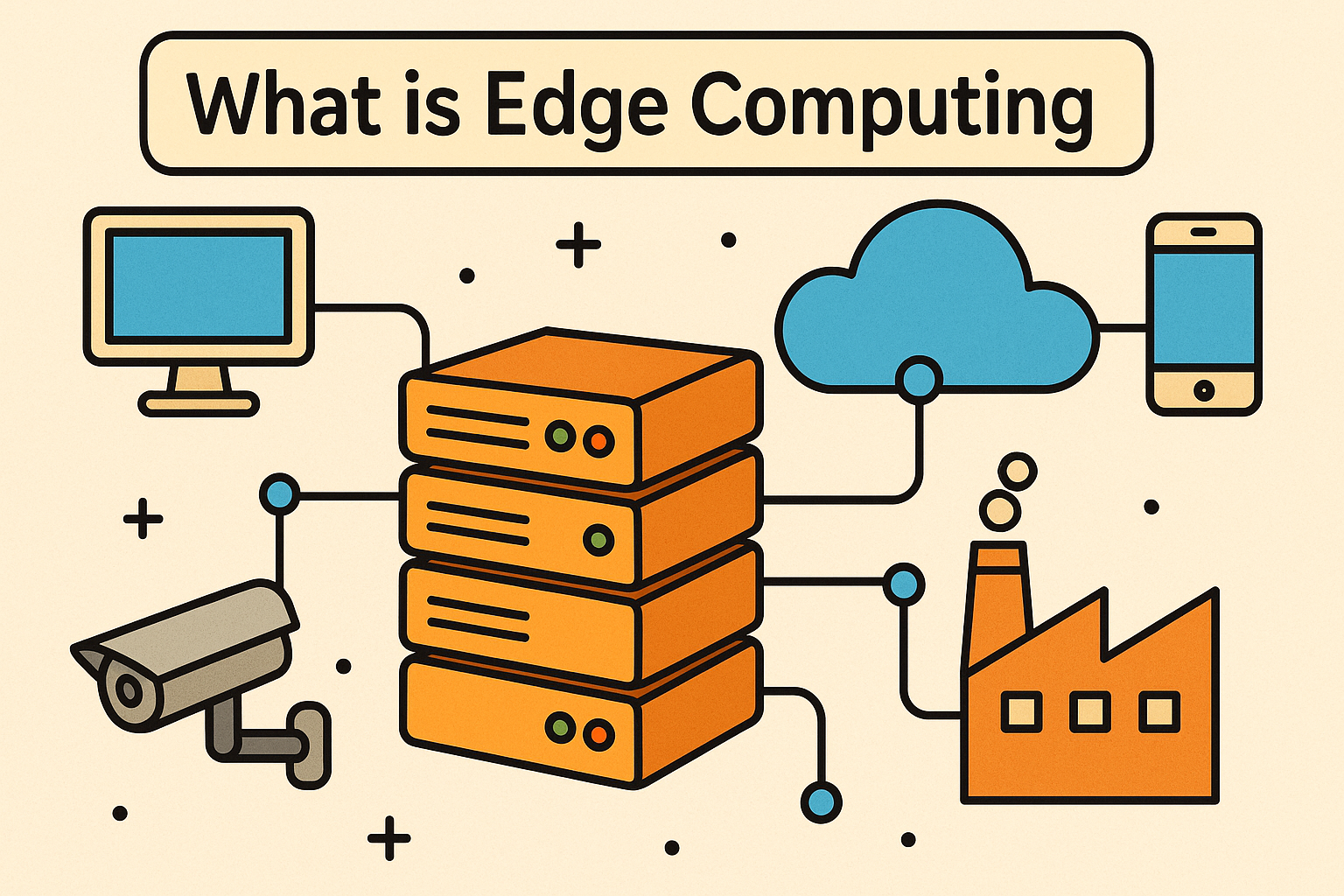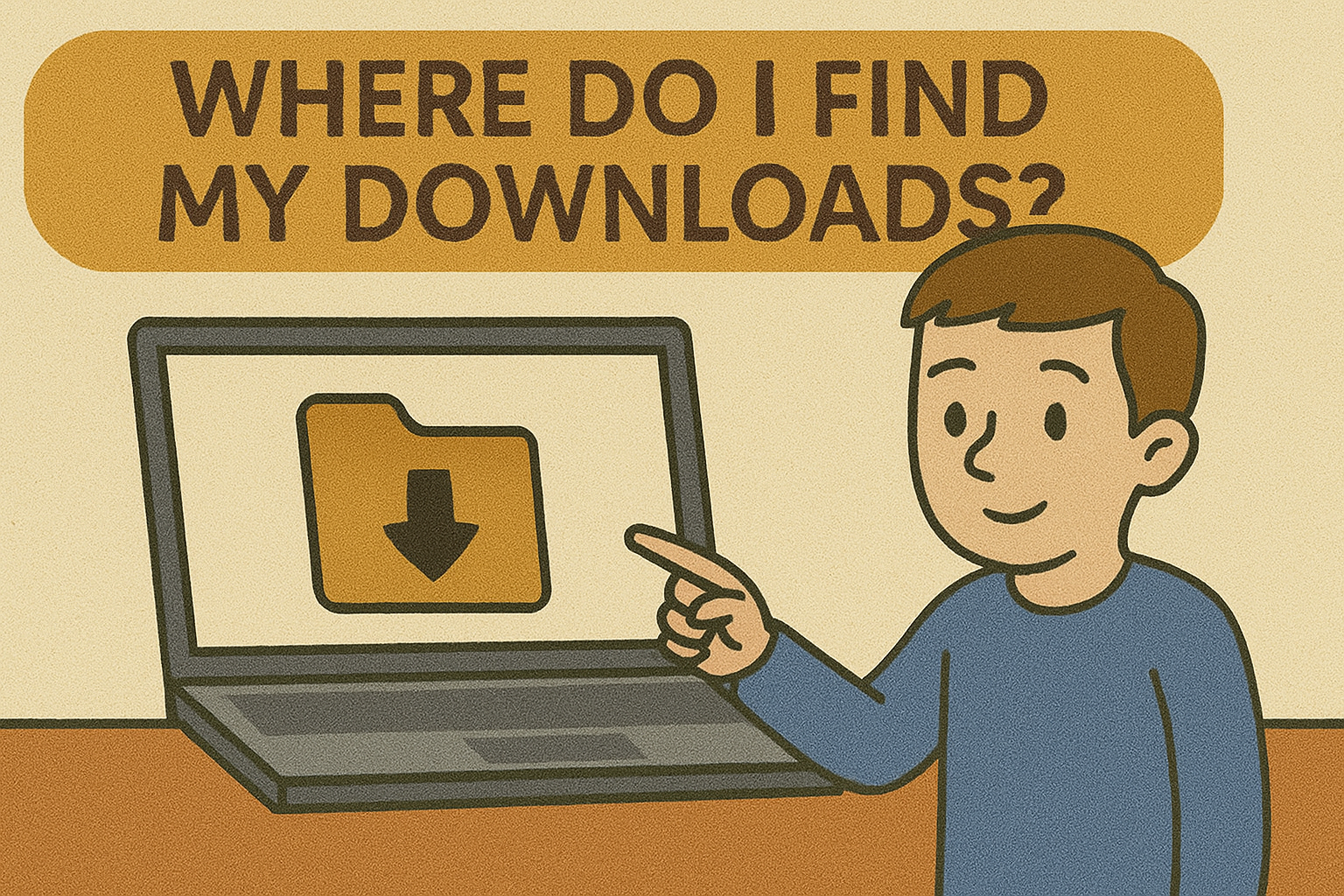What Is VDI? A Complete Guide to Virtual Desktop Infrastructure
Updated on October 27, 2025, by Xcitium
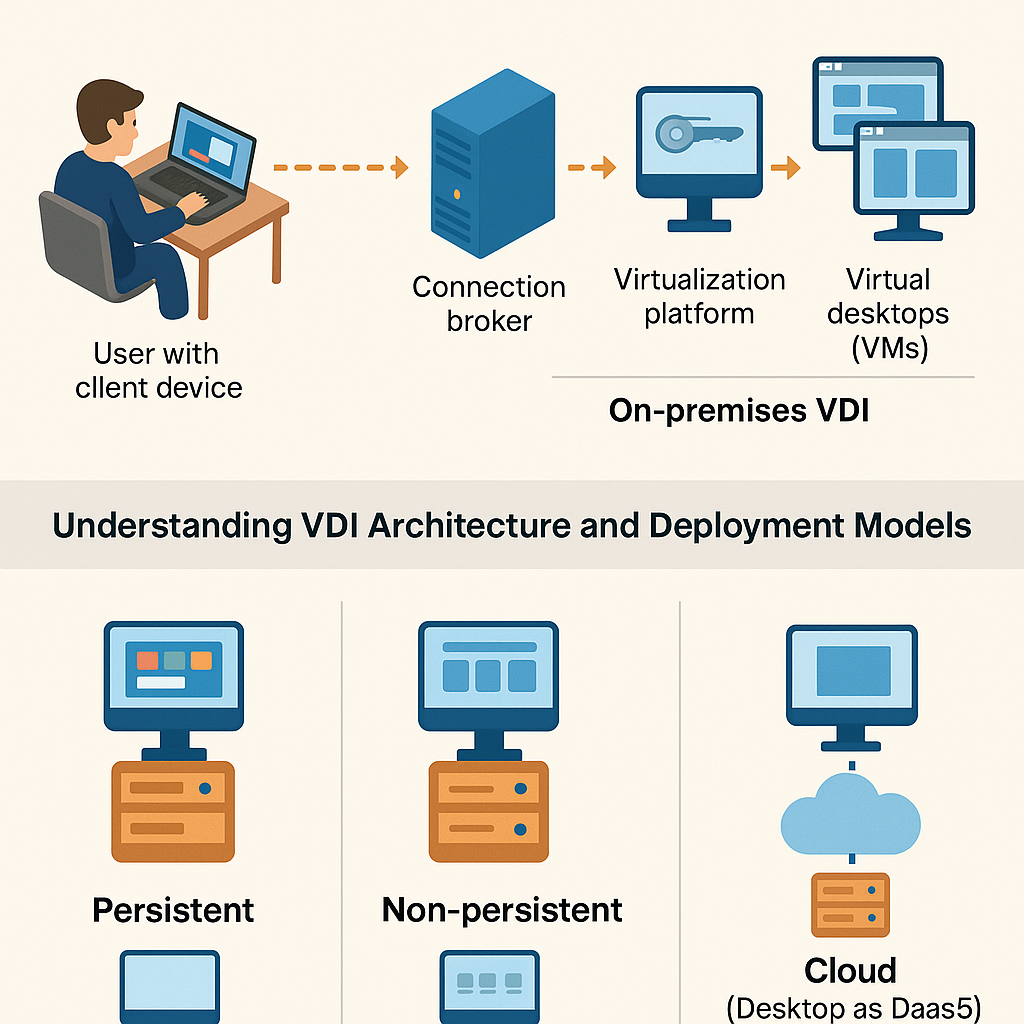
Have you ever wondered what is VDI and why so many organizations are shifting from traditional desktops to virtualized ones? In today’s digital enterprise world—where remote work, data security, and flexible access are mission-critical—VDI (Virtual Desktop Infrastructure) plays a pivotal role.
Whether you’re an IT manager overseeing endpoint security, a cybersecurity professional protecting data in a hybrid workforce, or a CEO/Founder evaluating infrastructure strategy, understanding VDI is vital. This guide will break down what VDI is, how it works, its advantages, challenges, deployment models, and best practices—so you can make informed decisions and strengthen your organisation’s digital workspace.
1. Understanding What VDI Is
VDI stands for Virtual Desktop Infrastructure, which means hosting desktop environments on a central server or cloud infrastructure and delivering them to users over a network.
In simpler terms: instead of running your operating system and applications on a physical PC under your desk, you access a “virtual desktop” hosted in a data centre or cloud; your device simply becomes a window to that remote desktop.
Key characteristics:
-
The desktop OS and apps live on a virtual machine (VM) hosted remotely.
-
Users connect from devices (PCs, laptops, tablets, thin clients) over a network.
-
Centralised management of images, security, and updates.
-
Better flexibility—work from anywhere, any device.
2. How VDI Works: Architecture and Components
To grasp how VDI works, it helps to look at its main components and workflow.
Core components:
-
Hypervisor or Virtualisation Platform – This software abstracts server hardware and hosts multiple VMs.
-
Connection Broker – Authenticates users and assigns them to the correct virtual desktop.
-
Desktop Images / Pools – A golden image of OS + apps that can be deployed as persistent or non-persistent desktops.
-
Remote Display Protocols – Technologies like RDP, PCoIP or HDX that transmit the desktop to the user’s endpoint.
-
Endpoints / Clients – Devices from which users connect (could be thin clients, zero-clients, laptops).
Workflow:
-
User attempts login → connection broker checks credentials → assigns VM from pool → endpoint opens display protocol to VM → user works as if on local desktop.
-
All processing happens on the server side; the endpoint is primarily for access and display.
This centralised model means user devices require less local compute power, and IT can manage security, updates and backups in one place.
3. Types of VDI Deployment: Persistent vs Non-Persistent & On-Prem vs Cloud
(A) Persistent vs Non-Persistent
-
Persistent VDI: Each user has their own dedicated virtual desktop; they can personalise it, install apps, and retain changes between sessions.
-
Non-Persistent VDI: Users get a generic desktop from a pool; on log-off, it resets to a “clean” image. This is easier and cheaper to manage.
(B) On-Premises / Private Cloud vs Public Cloud (or DaaS)
-
On-Prem/Private: Organisation hosts the VDI infrastructure in their data centre; full control but higher capital cost.
-
Cloud / DaaS (Desktop as a Service): Provider hosts VDI in the cloud; organisation connects. Often lower upfront cost, simpler scaling.
Choosing the right type depends on your workforce size, customisation needs, budget and security/regulatory requirements.
4. Benefits of Implementing VDI
For businesses—and especially for cybersecurity and IT operations—VDI offers significant advantages:
-
Centralised Management: Patches, updates and policies can be applied to all desktops at once; no need to manage individual PCs.
-
Flexible Access & BYOD Support: Users can connect from any device, anywhere. Ideal for remote/hybrid work.
-
Improved Security: Since data resides centrally, endpoints hold less sensitive data. Loss or theft of device doesn’t directly compromise corporate systems.
-
Cost Efficiency: Lower hardware costs for endpoints, less maintenance overhead, easier scaling.
-
Business Continuity & Disaster Recovery: Virtual desktops can be backed up, replicated, and restored faster than physical PCs.
-
Regulatory & Compliance Support: Easier control and auditability of desktop images in regulated industries.
5. Challenges and Considerations of VDI
While VDI brings many benefits, it also comes with challenges you must consider:
-
Initial Infrastructure Cost: Deploying servers, storage, networking and licensing can require significant investment.
-
Performance & Latency Sensitivity: Because desktops run remotely, network latency or inadequate server resources can degrade user experience.
-
Management Complexity: Designing, deploying and maintaining VDI requires specialised skills (hypervisors, display protocols, image management).
-
Resource Demands: High-performance workloads (e.g., graphic design, CAD) may still require powerful hardware or GPU-enabled VMs.
-
User Experience: If not optimised properly, users may feel the virtual desktop is slower than a physical one.
IT leaders and cybersecurity teams must weigh these trade-offs when adopting VDI.
6. Use Cases: Where VDI Makes Sense
VDI excels in many modern organisational contexts:
-
Remote / Hybrid Workforce: Employees using different devices and locations need consistent access.
-
Bring Your Own Device (BYOD): Endpoints need only light clients; data stays central.
-
Contractors / Seasonal Workers: Non-persistent VDI allows quick onboarding without provisioning physical hardware.
-
Regulated Industries: Healthcare, finance, government sectors where data security and audit trails matter.
-
Training Labs / Call Centres: Standardised desktops for large numbers of users, scalable and easy to reset.
-
Secure Environments: Workplaces requiring strict endpoint control and minimal local data storage.
7. VDI and Cybersecurity: What IT Managers Must Know
As a cybersecurity professional or IT manager, VDI offers both opportunities and responsibilities:
Security benefits:
-
Central data storage reduces risk of data leakage from endpoints.
-
Easier deployment of endpoint protection, monitoring and access control.
-
Rapid capability to reset compromised virtual desktops.
Security risks:
-
The central server becomes a high-value target—must be hardened and monitored.
-
Network security and display protocols must be secure (encryption, MFA).
-
Endpoint devices still pose risk (though reduced)—phishing, credentials, USB redirection.
Hence, combining VDI with an endpoint security solution, such as Xcitium OpenEDR, ensures continuous monitoring, threat detection and response across virtual desktop sessions.
8. Best Practices for Deploying VDI
Implementing VDI effectively involves following best practices across planning, deployment and management:
-
Conduct Workload Assessment: Understand user types (task worker vs power user) and design accordingly.
-
Choose Appropriate Architecture: Decide if persistent or non-persistent, on-prem or cloud, based on use case.
-
Standardise Desktop Images: Maintain golden image(s) for efficient updates and consistent experience.
-
Design for Performance: Ensure server, network and storage resources support expected load and peak users.
-
Secure Access: Use MFA, encryption, network segmentation, and endpoint agent monitoring.
-
Monitor Usage & Cost: Track resource usage, user adoption and return on investment.
-
Plan for Growth & Resilience: Ensure scalability, backup and disaster recovery are baked into the design.
-
Train Users & Support Staff: Virtual desktops mean a shift in user behaviour and support processes.
9. The Future of VDI: Trends to Watch
VDI continues to evolve with new technologies and demands:
-
VDI + GPU/Graphics Acceleration: For creative, engineering and AI workloads.
-
Edge VDI: Deploying virtual desktops closer to user locations for lower latency.
-
Hybrid & Multi-Cloud VDI: Combining on-premises, private and public cloud desktops.
-
Zero-Trust Approach: Integrating VDI with zero-trust security models for endpoint access.
-
AI-Driven Management: Automation in image management, user profiling, cost optimisation.
10. Making the Business Case: ROI and Strategic Value
For CEOs, CIOs and IT directors, it’s important to articulate the value of VDI:
-
Reduced hardware costs (endpoints become simpler devices or reuse existing devices)
-
Lower management and maintenance overhead (less patching on individual PCs)
-
Faster time-to-market for new users or projects (deploy desktops quickly)
-
Improved security and compliance posture, reducing risk of data breach
-
Better user experience and workforce flexibility, increasing productivity
When you quantify cost-savings, risk reduction and agility, VDI becomes a strategic enabler—not just an IT project.
Conclusion
In summary, what is VDI? It’s a powerful approach to delivering desktops as a service: centrally-hosted, securely managed, and flexibly delivered to users anywhere, on any device. For IT managers, cybersecurity teams and business leaders, VDI offers compelling benefits—if designed correctly.
From improved security and simplified management to enabling hybrid work and BYOD strategies, VDI aligns with modern enterprise demands. But it also requires careful planning, infrastructure, and security best practices.
👉 Ready to simplify your virtual desktop strategy and secure your endpoint environment? Request a demo with Xcitium to explore advanced solutions that support VDI deployments, endpoint threat detection, and remote workforce security.
FAQ
1. What is VDI and how is it different from traditional desktops?
VDI delivers virtual desktops hosted on servers rather than installed on local PCs. Users access them over a network. This centralises management and separates the desktop environment from physical hardware.
2. Should I choose persistent or non-persistent VDI?
If your users need personalised desktops, installed apps and data retention, choose persistent. If users are temporary or generic (e.g., kiosks, contractors), non-persistent is more cost-efficient.
3. Can VDI improve security?
Yes. Since data lives centrally and endpoints hold little sensitive information, risk of data loss or theft is reduced. However, it demands strong central security controls and network safeguards.
4. Does VDI require a big upfront investment?
Often yes—on-premises VDI can have significant capital costs for servers, storage, and networking. Cloud or DaaS models can reduce upfront investment and shift to operating expenses.
5. Can VDI support graphics-intensive or creative workloads?
Absolutely—modern VDI solutions include GPU-enabled virtual desktops or workstation virtualisation to support engineering, design, AI or media workloads.



